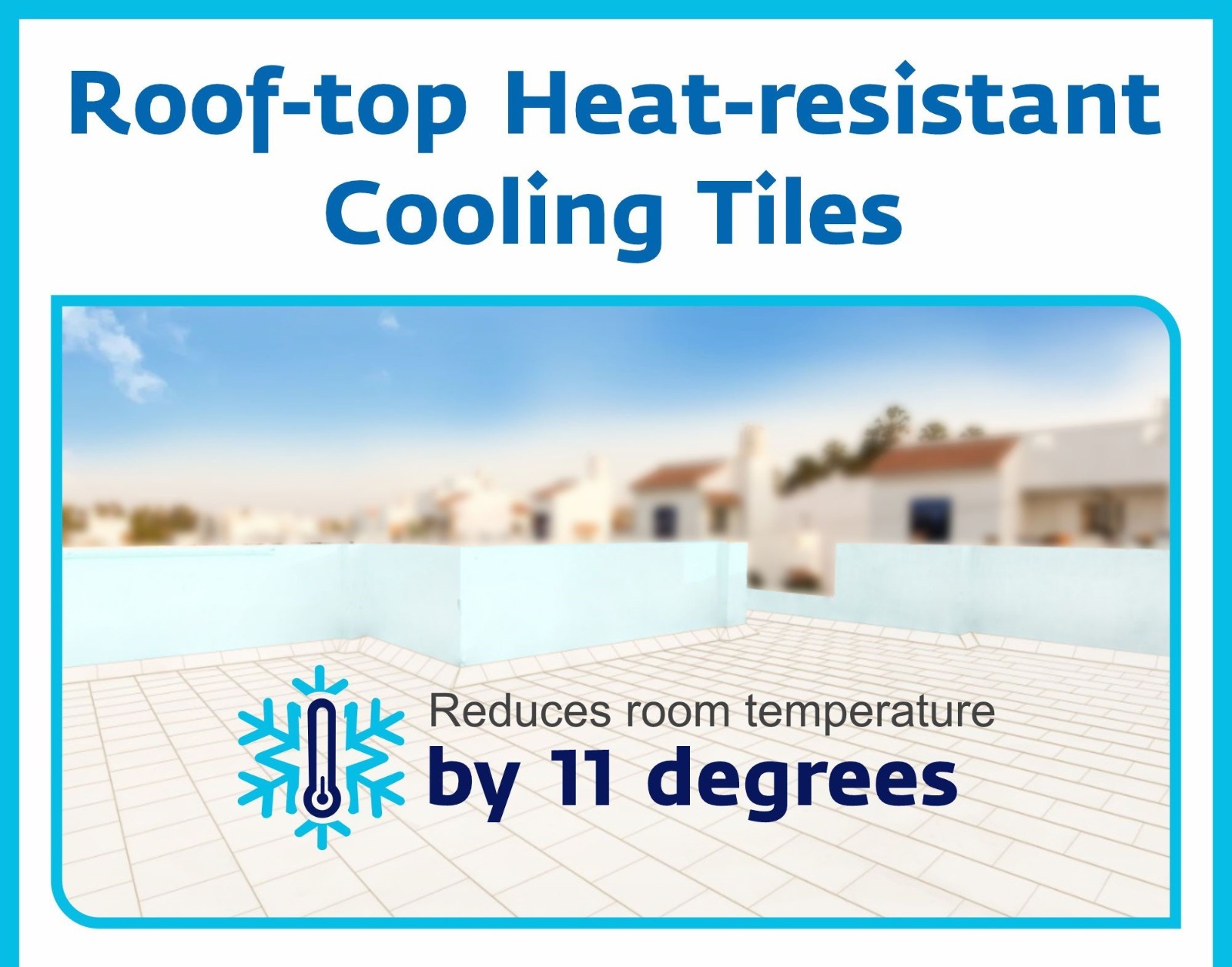Choosing the Right Heat Reflective Tiles for Your Home
In the pursuit of creating a cozy, comfortable living space, homeowners often overlook the importance of choosing the right materials, especially when it comes to flooring. Heat reflective tiles, also known as cool roof tiles or heat proof tiles, are an integral part of maintaining a cool and pleasant environment, particularly in regions with scorching temperatures. With the myriad of options available in the market, selecting the perfect heat reflective tiles for your home can be a daunting task. Fear not, for in this guide, we will delve into the essential factors to consider and provide valuable insights to help you make an informed decision.
Heat Reflective Tiles
Before diving into the selection process, it's crucial to grasp the concept of heat reflective tiles and their significance in home design. These specialized tiles are engineered to minimize heat absorption and maximize heat reflection, thereby maintaining lower surface temperatures. By effectively reducing heat transfer, they contribute to a cooler indoor environment, leading to increased comfort and energy efficiency.
Factors to Consider
Material Composition:
Heat reflective tiles are typically made from materials with high thermal resistance, such as ceramic, porcelain, or glass. Each material offers distinct advantages in terms of durability, aesthetics, and heat reflection properties. are renowned for their resilience and affordability, heat proof tiles boast superior strength and low water absorption rates. Glass tiles, on the other hand, add a touch of elegance and translucency to any space.
Reflective Coatings:
Some heat reflective tiles feature specialized coatings or finishes designed to enhance their reflective properties. These coatings are applied during the manufacturing process and can significantly improve the tile's ability to deflect heat. When browsing through options, inquire about tiles with advanced reflective coatings to maximize energy efficiency and indoor comfort.
Color and Finish:
The color and finish of heat resistance tiles play a crucial role in determining their heat absorption and reflection capabilities. Light-colored tiles with glossy finishes tend to reflect more heat compared to dark-colored or matte tiles, which absorb and retain heat. Therefore, opt for lighter shades and glossy finishes to optimize heat reflection and maintain a cooler environment.
Installation Location:
Consider the specific areas where the heat reflective tiles will be installed. For outdoor spaces exposed to direct sunlight, such as patios or rooftops, choose tiles with maximum heat resistance to withstand intense heat exposure. Similarly, for indoor areas prone to heat buildup, such as kitchens or sunrooms, prioritize tiles with superior heat reflective properties to minimize discomfort.
Maintenance Requirements:
Assess the maintenance needs of different heat reflective tiles options to ensure long-term durability and performance. Choose tiles that are easy to clean and resistant to stains, moisture, and fading caused by prolonged sun exposure. Regular maintenance will not only preserve the aesthetic appeal of your tiles but also prolong their lifespan.
Conclusion
Investing in high-quality heat reflective tiles is a strategic decision that can significantly enhance the comfort and livability of your home while reducing energy consumption. By considering factors such as material composition, reflective coatings, color, installation location, and maintenance requirements, you can select the perfect tiles tailored to your specific needs and preferences. Remember, a well-informed choice today will pay dividends in terms of comfort and energy savings for years to come.




